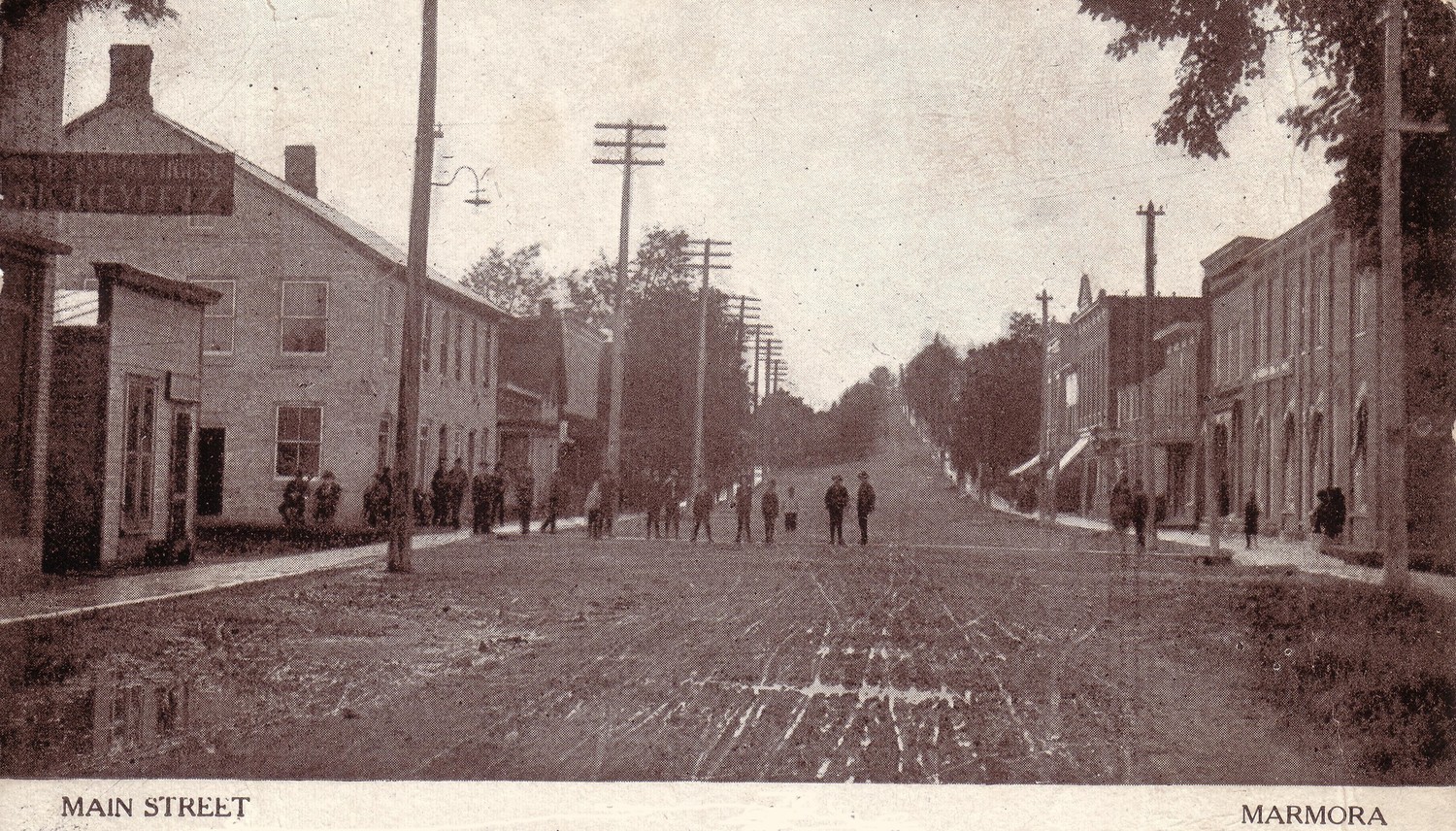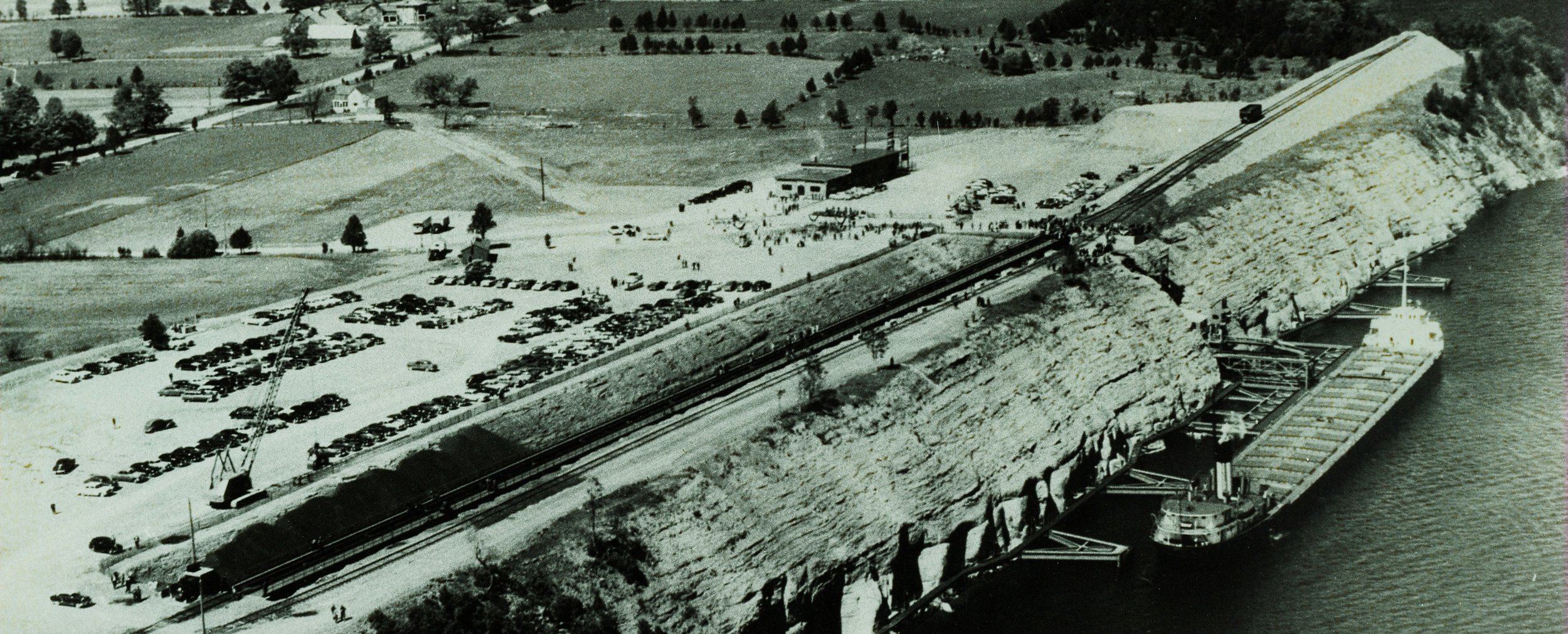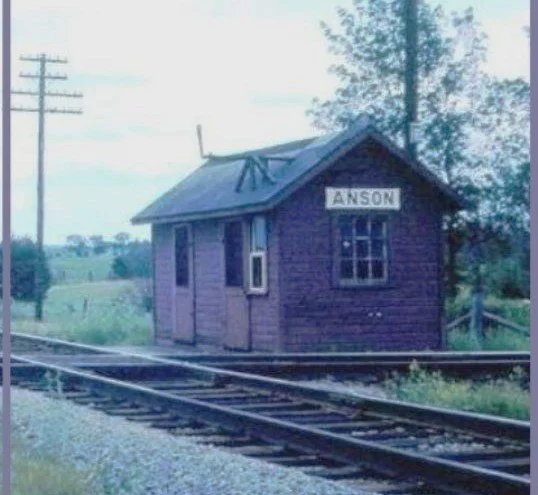What did Marmora and Cameron Bay, N.W.T., 1000 miles north of Edmonton, have in common?
/
Well, believe it or not, there are two connections!
According to traveler Ryan Silke, Cameron Bay was inhabited by prospectors, trappers, and several businesses during the busy mining rush of the mid 1930s. It was an ideal harbour for float planes, the primary mode of transport for prospectors. First settlement of the site began in the spring of 1932 with prospectors tents, a trading post operated by Murphy Services Limited, and a government authorized postal office by the end of 1932. Within two years there was an RCMP detachment, Hudson’s Bay Company post, Government office, several restaurants, trading posts, doctor’s office, post office, aerial bases, government radio station, saw mill, private residences, and other businesses.
A 1933 survey of town indicates the Byrnes' house
It was Dr. Thomas O. Byrnes who went to Cameron Bay from 1933-1935, retained as a Medical Health Officer for the district and in addition was paid a small amount for looking after the police. He was to help out in the treatment of native people and any destitute.
But it was his wife that made history - On January 15, 1935, Marion Shannon Byrnes, daughter of Dan Shannon of Marmora, and sister of Jim Laughlin Shannon (Shannon's Drug Store) gave birth to a 7 lb baby girl, the first non-native childborn in Cameron Bay - so far away from home!
By 1938, Cameron Bay, or Radium City, as it once called itself, or Port Radium, as it is officially named, was a ghost “town,” a relic of the radium rush. It was left with 16 people - the wireless man, the HBC man, the police, & the bootlegger, -old man [Martin] Gardner.
However, 1942 saw the reopening of Eldorado uranium mine in the N.W.T. which brings us back to Marmora. The Eldorado mine held the richest uranium deposit in North America, eyed by the U.S. Government for the development of the atomic bomb. The only processing plant big enough to handle the demand was Eldorado's Port Hope refinery, with re-processing handled by - you guessed it - Deloro!
FYI: Copies of letters from Dr. Byrnes written while in Cameron Bay are stored at the Marmora Historical Foundation.
Port Radium by A.Y. Jackson




































































